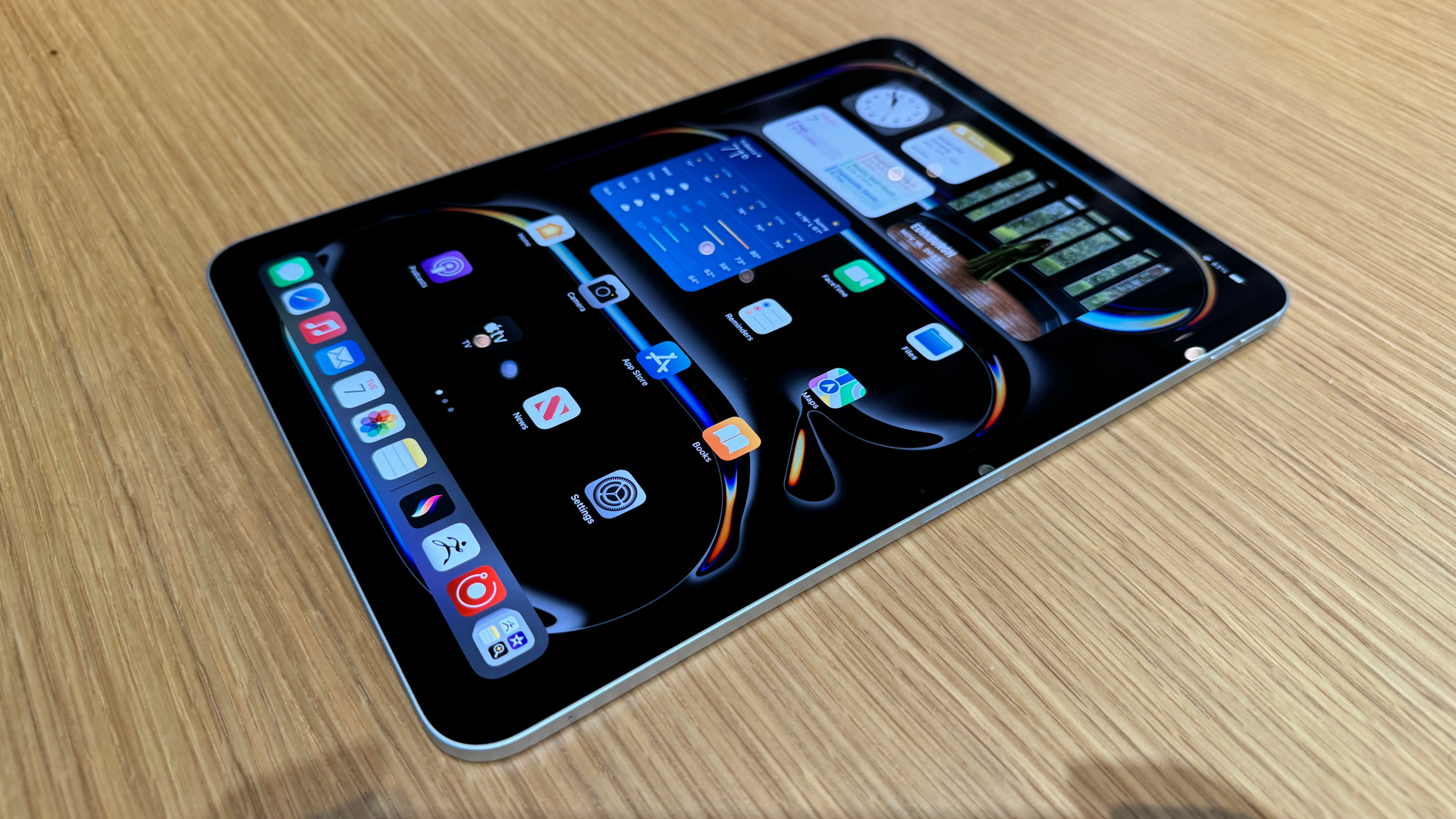Apple could release an iPhone 16 Slim this year if it borrows this iPad Pro feature

The technology is ready, I’m ready, and I think we can all agree that a mediocre iPhone 16 update isn’t going to be enough to warrant upgrades. What I want from Apple in September is pretty simple: a 5.1mm thick iPhone, essentially the iPhone 16 Slim.
By now, you’ve probably heard that rumored name before, but it’s linked to the mythical iPhone 17 Slim, a product that could replace the ill-fated iPhone 15 Plus (a beautiful phone that no one seems to want to (more): The device is expected to be 6.7 inches in size. That’s not as powerful as one of the Pro phones, but as the name suggests, it is very thin.
That Apple may be considering making a phone thinner than the previous benchmark for thinness, the 6.9mm, “flexible“The iPhone 6 and iPhone 6 Plus are remarkable. The lesson Apple learned back then is that consumers don’t value thinness over strength. At some point, the physics of a device that is too thin can’t overcome torsion, which is essentially twisting the plate until it breaks.
iPhone has gotten steadily thicker since then. The iPhone 15 Pro and iPhone 15 Pro Max are each 8.25mm. That’s certainly not thick, but it is hefty, and in a 6.7-inch iPhone 15 Pro Max – my favorite phone – it can make the 187g handset feel, to put it kindly, substantial.
Screen technology FTW

Now, however, we know there’s another, much sleeker way, and it’s all thanks to an incredible display innovation that was introduced with the large 13-inch iPad Pro display: the Tandem OLED display.
As the name suggests, the display technology combines two OLED screens to improve brightness and efficiency. However, because OLED panels are so thin and generate their own light source, there’s no need for additional LED backlighting. That’s how Apple delivered its thinnest mobile device ever: the 1.28-lb., 5.1mm iPad Pro 13-inch.
If you’ve never touched or held this tablet, you don’t know what you’re missing. It feels impossibly thin and light for such a powerful tablet (that’s the new M4 chip inside). Despite its thinness, the iPad Pro 13-inch doesn’t feel flimsy or particularly bendy. I suspect Apple has learned enough about materials and how to harden slim products that bending isn’t a huge issue.
Now that that problem is more or less solved, I think we need more of this. I’d like to see it in the iPhone 16 rumors.
Most leaks point to a largely unchanged iPhone 16. The iPhone 16 Pro line could be getting more radical updates, including a larger 6.9-inch iPhone 16 Pro Max display and the possibility of a longer zoom camera. If the latter rumor comes to fruition, it could require a larger tetraprism mechanism, which would rule out a radical slimming down.
Still, implementing a Tandem OLED display in the iPhone 16 Pro Max and iPhone 16 Pro could mean they still get a few millimeters smaller, coming closer to the 6.9mm chassis of the classic iPhone 6.
Reinventing the Plus
The big benefactor of a Tandem OLED could be the Plus model, which would become the iPhone 16 Slim. A 5.1mm thick iPhone could finally make the somewhat undersized and oversized Plus attractive again.
Combining Apple’s most advanced display tech with what will likely be last year’s Apple Silicon (perhaps the A17 Pro or the A16 Bionic, which would be an upgrade over the A16 in the iPhone 15 Plus) could be a challenge. To that end, I think Apple will give the Plus model more polish when it transitions to the iPhone 16 Slim, and for that I think we can thank Apple Intelligence.
As it stands, Apple Intelligence, which was announced at WWDC 2024 and is arriving in September, will only power the A17 Pro chip in the iPhone 15 Pro and iPhone 15 Pro Max. I’ve long assumed that the entire iPhone 16 line would get A18-class chips, all capable of running Apple Intelligence. The reason is simple: Apple wants as many customers as possible to experience its first full-fledged attempt at Generative AI. Leaving the iPhone 16 and 16 Plus out of the AI revolution makes no sense.
The transition from the iPhone 16 Plus to the iPhone 16 Slim with a big chip-based power upgrade is a way to leave the Plus past behind and introduce a much more exciting big-screen, but still affordable iPhone. The cost savings won’t come from the chip or display tech level, but, as is usually the case, from the cameras. Apple will simply leave out its new telephoto lens and may not upgrade the ultra-wide and main cameras of the iPhone 15 Plus.
So in 2024 we’ll get our iPhone 16 Slim. I’m not saying this is Apple’s plan, but wouldn’t it be great if it was?




